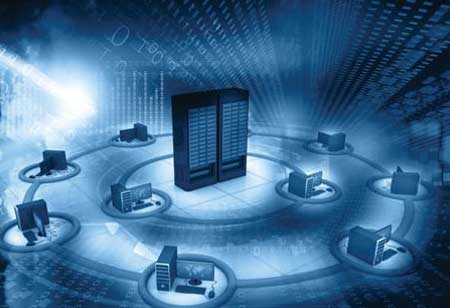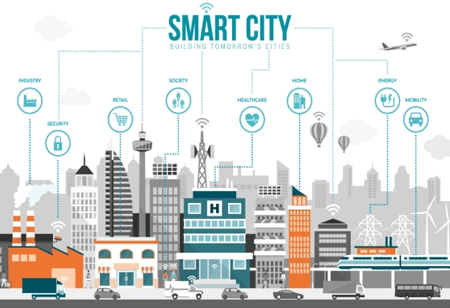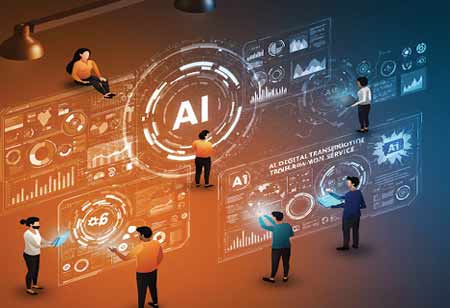THANK YOU FOR SUBSCRIBING
Emerging Trends Shaping the Future of High-Performance Computing (HPC)
The High-performance Computing (HPC) industry is experiencing significant growth and change, with a market worth of 34.8 billion and expected future developments.

By
Apac CIOOutlook | Tuesday, April 18, 2023
Stay ahead of the industry with exclusive feature stories on the top companies, expert insights and the latest news delivered straight to your inbox. Subscribe today.
To support non-expert developers, performance portability is vital for systems with neuromorphic and quantum components to ensure consistent outcomes and satisfactory performance.
The High-performance Computing (HPC) industry is experiencing significant growth and change, with a market worth of 34.8 billion and expected future developments. The COVID-19 pandemic has contributed to this growth, as well as the increasing use of HPC in various fields.
These changes have resulted in five significant trends that will drive further research, development, and commercialisation of important technologies in the HPC industry in 2023.
1. We are currently in the exascale era of computing. The accepted value of exascale systems worldwide will reach 10 billion dollars by 2027. There are numerous benefits of using exascale computing power in various scientific fields. This will lead to significant improvements in fidelity, such as increased grid resolution, particle numbers, and complex agent behaviours, as well as expanded time steps. These advancements are possible due to the increased computing power being applied to complex algorithms and data flows.
2. The HCP community has been exploring the use of artificial intelligence and machine learning, and this integration is becoming more common in certain environments. This has created new opportunities for technical exploration.
Tech companies are creating more powerful GPUs, and some are developing specialised AI computing hardware, which is being used in new ways. The advancements in hardware technology, along with the adoption of analytics and new software development, have enabled more effective integration between hardware and software, resulting in faster computing times. This integration has a lot of potential for future developments.
3. Quantum computing has been a long-awaited development in the HPC industry, with advancements as it moves from a theoretical concept to an applied technology. Looking ahead to the next 5 years, there will likely be a lot to research on how to integrate quantum devices into more traditional computing environments. This will involve the utilisation of quantum resources as accelerators, and incorporating the resulting information into the traditional scientific workflow.
4. The focus on efficiency and scalability has led to greater importance being placed on portable performance and productivity. Software developers like to create scientific software that can be easily transferred to other machines and still perform well with accurate results, without needing extensive modifications.
5. With the inclusion of non-traditional computing devices as neuromorphic processors and quantum components in systems, ensuring performance portability is crucial. The goal is to enable application developers, that come from fields like physics or chemistry, to concentrate on their scientific work while being able to run their software on any available system with satisfactory performance and scientifically consistent outcomes.
With the incorporation of non-traditional computing devices such as neuromorphic processors and quantum components in systems, ensuring performance portability is crucial. The goal is to enable application developers, who may not have a programming background and instead come from fields like physics or chemistry, to concentrate on their scientific work while being able to run their software on any available system with satisfactory performance and scientifically consistent outcomes.





